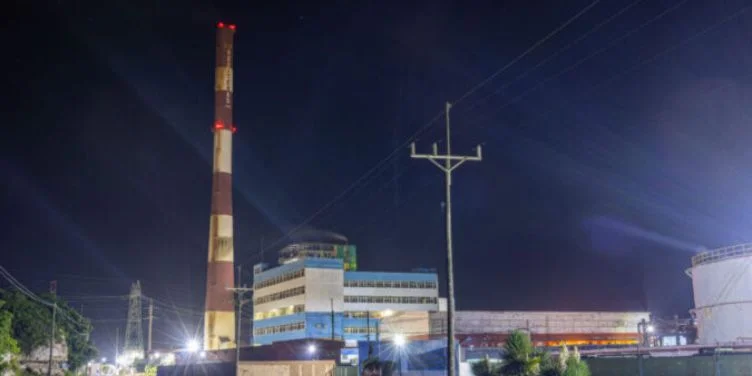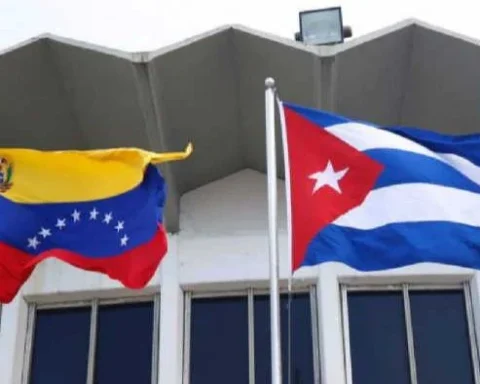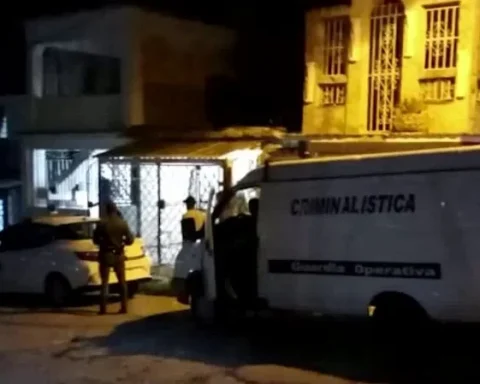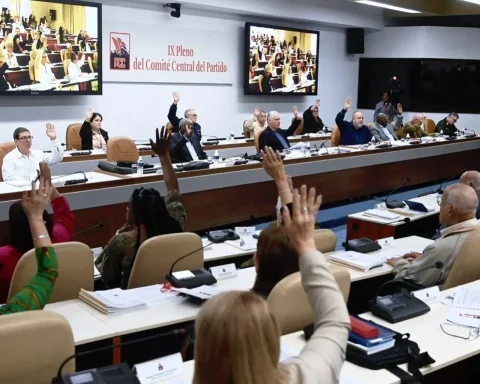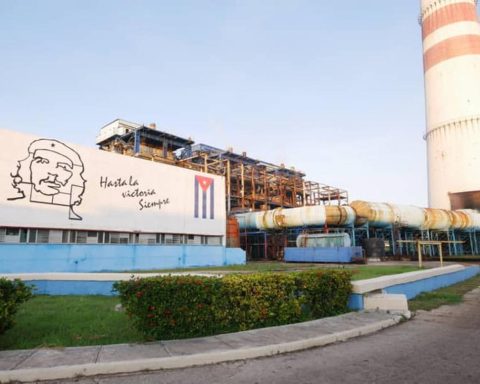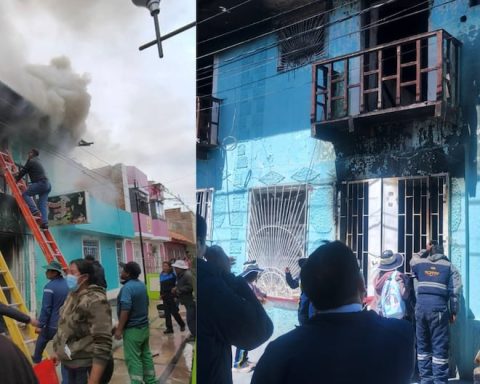Miami, United States. – The Thermoelectric Central (CTE) Antonio Guiteras, the main generation block of the island, was synchronized on Wednesday with the National Electroenergetic System (SEN) after four days out of service, said the Official Gazette Granma. However, the effects of the electrical service are maintained around the 1,000 megawatts (MW).
The official body of the Communist Party of Cuba (PCC) acknowledged that “while the population shows justified dislikes by the annoying blackouts, which in not a few places exceed 15 hours a day, dozens of workers in the electricity sector spend days determined to work the miracle to give light, not always in the most appropriate conditions. ”
The rupture that interrupted the operation of La Guiteras required urgent works at the oil station of the turbine valves and in sensitive areas for the generation. According to the general director of the thermoelectric, Rubén Campos Olmos, among the main actions were “the cleaning of the condenser and the regenerative air heater, as well as correction of salideos in the high temperature heater and other no less important tasks for The stability of the CTE ”.
Campos Olmos said that “it has been done as planned,” which expressed “the commitment to be generating at the peak schedule on Wednesday.” However, the UNE reported that other plants, such as the Felton (Unit 2), remain damaged, while several units in Santa Cruz, Cienfuegos and Santiago de Cuba (Renté) are in maintenance. In addition, 41 distributed generation plants do not have fuel, which adds complications to the limited generation capacity.
Unne it too advertisement that the blackouts will simultaneously cover 32.5% of the national territory at the peak time (late-night) this Thursday.
UNE indicated that electrical service interruptions are due to “thermal limitations”, a breakdowns in the units of the operational thermoelectric plants and the output of some maintenance units.
Specifically, for this Thursday the state company calculates a maximum electricity generation capacity of 2,120 MW and a demand of 3,040 MW, for a 990 MW deficit.
The blackouts further complicate the already tense energy situation of the country and not only deteriorate the economic performance of Cuba, which has been plunged into a serious crisis, but also the trigger for anti -government protests. The most notable July 11, 2021the largest in decades, and more recently on March 17 in Santiago de Cuba and other locations.
